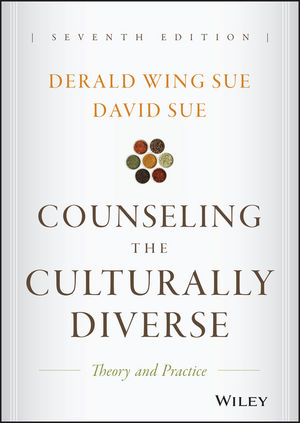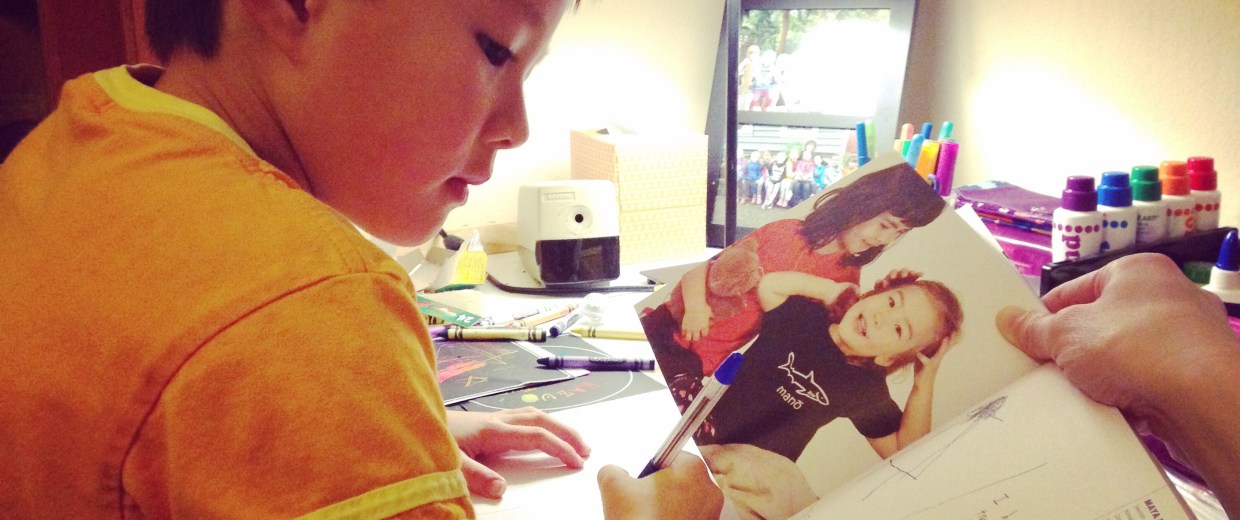Book review: Loop of Jade by Sarah HowePosted in Articles, Asian Diaspora, Book/Video Reviews, Media Archive on 2016-01-13 15:29Z by Steven |
Book review: Loop of Jade by Sarah Howe
The Scotsman: Scotland’s National Newspaper
2015-05-03
Roger Cox, Arts Editor
Sarah Howe, Loop of Jade (London: Chatto & Windus, 2015)
DOUBLE takes haunt poet Sarah Howe on her return to memory’s fragrant harbour, writes Roger Cox
In her poem Sirens, Sarah Howe writes “I had one of those blurrings – glitch, then focus – / like a put-off optician’s trip, when you realise / how long you’ve been seeing things wrongly.” This sinuous, shimmering, mirage-like debut collection is littered with such moments of sudden realisation, and also haunted by the suspicion that there must be more to everything than meets the eye.
In Sirens, the blurring occurs when, reflecting on a line in a poem by Theodore Roethke, Howe suddenly twigs that a description of a girl’s “sidelong pickerel smile” is not a reference to juvenile pike, as she had always supposed, but to a small wading bird.
She knows she must now update her mental image of the girl from fish to fowl, yet try as she might she can’t shake the original image of the girl’s fishy grin. Could both images be right? Did the poet intend the double meaning?…
…Howe was born in Hong Kong in 1983 to an English father and a Chinese mother, and moved to England as a child. She still has vivid memories of her time as a schoolgirl in Hong Kong – as demonstrated by the wonderfully evocative poem Islands, in which she recalls the girls at her boarding school sleeping three to a bed shelf, “like dumplings stacked in steamers” – but this collection is billed as a voyage of discovery, a journey in search of her roots…
Read the entire review here.


